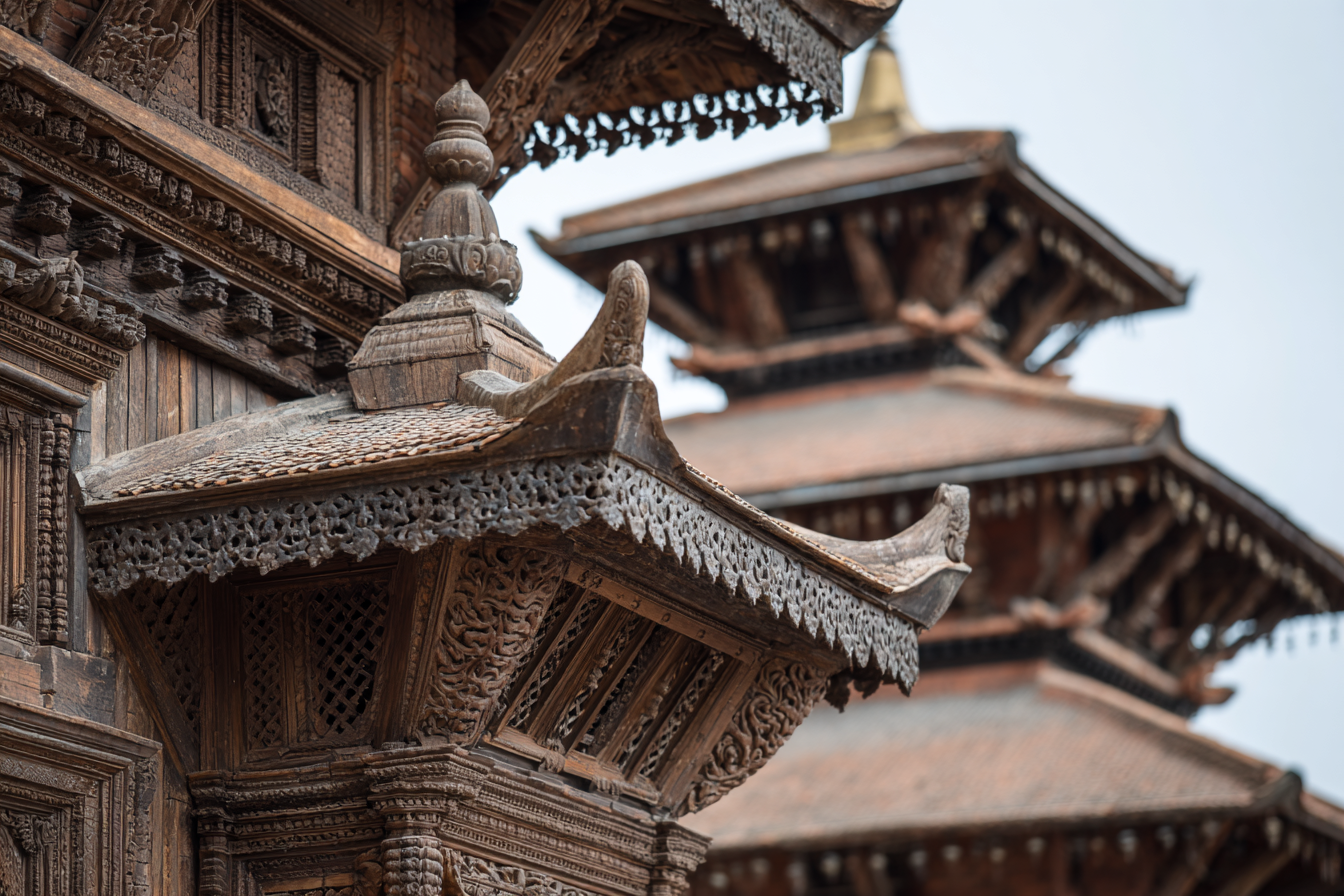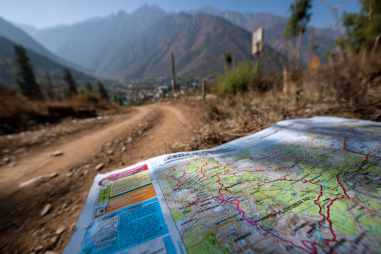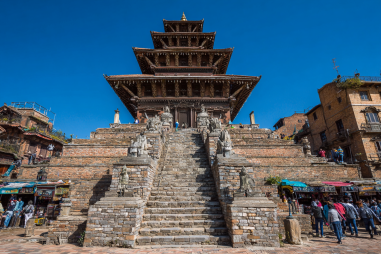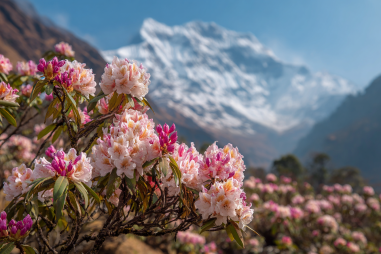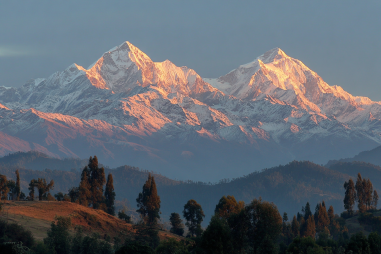Kathmandu, the bustling capital of Nepal, is a treasure trove of artistic and architectural wonders that narrate stories of centuries past. From intricately carved wooden windows to majestic pagoda-style temples, the city is a living museum where history, culture, and craftsmanship blend seamlessly. Exploring Kathmandu’s art and architecture is like embarking on a journey through time, revealing the rich heritage and vibrant creativity that define this heritage city.
Overview of Kathmandu’s Architectural Styles
The architecture of Kathmandu is a unique blend of traditional Nepalese designs intertwined with influences from neighboring Tibetan, Indian, and even Mughal styles. The most dominant architectural style is the Newar architecture, characterized by tiered pagoda roofs, richly carved wooden elements, and brickwork with ornate detailing. These styles are visible not only in religious buildings but also in courtyards, houses, and palaces spread across the city.
Aside from the traditional, Kathmandu also showcases elements of colonial-era buildings and modern constructions, although these are carefully integrated to respect the city’s historic ambiance. Throughout Kathmandu, one can observe the juxtaposition of age-old craftsmanship and modern development, creating a cityscape that honors its past while embracing the future.
Newar Craftsmanship and Woodwork
At the heart of Kathmandu’s art and architecture lies the exceptional craftsmanship of the Newar community, the original inhabitants of the Kathmandu Valley. Renowned for their skills in woodcarving, masonry, and metalwork, Newar artisans have shaped much of the city’s aesthetic identity. Their work adorns temple doors, windows, struts, and roofs, showcasing intricate patterns of deities, mythical creatures, and geometric designs.
Wooden windows, especially the famous “Tiki Jhya” (latticed windows), are masterpieces of precision and beauty. Visitors wandering through the narrow alleys of Patan and Bhaktapur can witness dozens of these elaborate woodworks that have survived centuries. This artistry not only serves decorative purposes but also reflects religious symbolism and social narratives embedded in the very fabric of Kathmandu’s urban environment.
Temples and Palaces of Durbar Squares
The Durbar Squares of Kathmandu, Patan, and Bhaktapur are among the most iconic representations of Nepalese art and architecture. These historic plazas are home to an extraordinary collection of temples, palaces, courtyards, and statues, many dating back to the Malla period (12th–18th centuries).
Kathmandu Durbar Square is particularly notable for the Hanuman Dhoka Palace Complex, where ancient rulers once held court. Surrounding the palace are numerous temples dedicated to Hindu and Buddhist deities, each adorned with exquisite carvings and sculptures that captivate visitors. The fusion of religious and royal architecture here narrates the powerful cultural synthesis that has shaped Nepal.
Similarly, Patan’s Durbar Square is renowned for its artistic richness and the famous Krishna Mandir, a temple carved entirely from stone. Meanwhile, Bhaktapur’s Durbar Square offers an immersive experience into medieval Nepalese life with its ancient water fountains, courtyard homes, and the impressive 55-window palace.
Modern and Contemporary Art Influence
While Kathmandu is deeply rooted in tradition, it is also a vibrant hub for modern and contemporary art. In recent decades, the city has seen a flourishing art scene that integrates traditional motifs with contemporary styles and global influences. Galleries and cultural spaces like the Siddhartha Art Gallery, Taragaon Museum, and the Nepal Art Council exhibit works ranging from paintings and sculptures to multimedia installations by local and international artists.
The younger generation of Nepali artists often draws inspiration from their rich heritage, blending old techniques with new media to address contemporary social and political themes. This dynamic arts scene adds another layer to Kathmandu’s cultural tapestry, offering visitors a glimpse of Nepal’s evolving artistic future.
Restoration and Preservation Efforts
The devastating 2015 earthquake heavily impacted many of Kathmandu’s centuries-old structures, bringing urgent attention to the importance of preservation. Since then, both government bodies and international organizations have been actively engaged in restoration projects to safeguard Kathmandu’s architectural heritage.
The restoration work balances traditional methods with modern engineering to ensure that the original craftsmanship and design are respected while enhancing structural safety. This effort has sparked increased awareness about the significance of heritage conservation and has revitalized local craftsmanship by providing employment and training in restoration arts.
Preservation initiatives also focus on documenting intangible cultural heritage such as artisanal techniques, festivals, and rituals associated with the city’s art and architecture, ensuring that Kathmandu’s cultural identity remains vibrant for generations to come.
Art Workshops and Artisan Communities
Kathmandu is home to numerous artisan communities dedicated to practicing and preserving traditional arts such as pottery, paubha painting (a form of Nepalese religious scroll painting), metalworking, and woodcarving. Visitors eager to delve deeper into Nepalese crafts can participate in hands-on workshops offered by these artisans. These sessions not only teach skills but also provide insight into the cultural and spiritual meanings behind each art form.
Communities such as those in Thamel, Patan, and Bhaktapur often welcome visitors to their studios and shops, making it possible to experience the creative process firsthand. Supporting these artisans helps sustain their crafts and promotes the cultural heritage of Kathmandu in a meaningful and impactful way.
Photo Spots and Architectural Tours
Kathmandu offers plenty of picturesque locations and architectural marvels perfect for photography enthusiasts and culture seekers alike. Popular photo spots include:
- The vibrant courtyards of Patan Durbar Square with their elaborate temples and stone sculptures.
- The iconic backdrop of Swayambhunath Stupa (Monkey Temple) overlooking the sprawling city.
- Bhaktapur’s narrow alleys and the golden shimmer of metalwork on ancient doors and windows.
- The peaceful garden surroundings of Garden of Dreams, blending neo-classical architecture with lush greenery.
For those who prefer curated experiences, there are specialized architectural tours guided by experts who provide deeper historical context and interpret the significance of various structures. These tours often include visits to heritage sites, artisan workshops, and lesser-known gems that reveal Kathmandu’s artistic soul beyond the mainstream tourist paths.
Exploring Kathmandu’s Artistic Essence
Immersing yourself in Kathmandu’s art and architecture is to step into a world where every carved beam and every painted wall tells a story. The city’s blend of ancient and modern, tradition and innovation, offers a culturally rich experience unlike any other.
As you wander through the historic squares, participate in craft workshops, or simply admire the intricate details decorating centuries-old temples, you’ll come to appreciate how Kathmandu is a living canvas shaped by the hands, hearts, and history of its people. Whether you are an art lover, history buff, or curious traveler, Kathmandu invites you to discover its remarkable narrative through its art and architecture.

